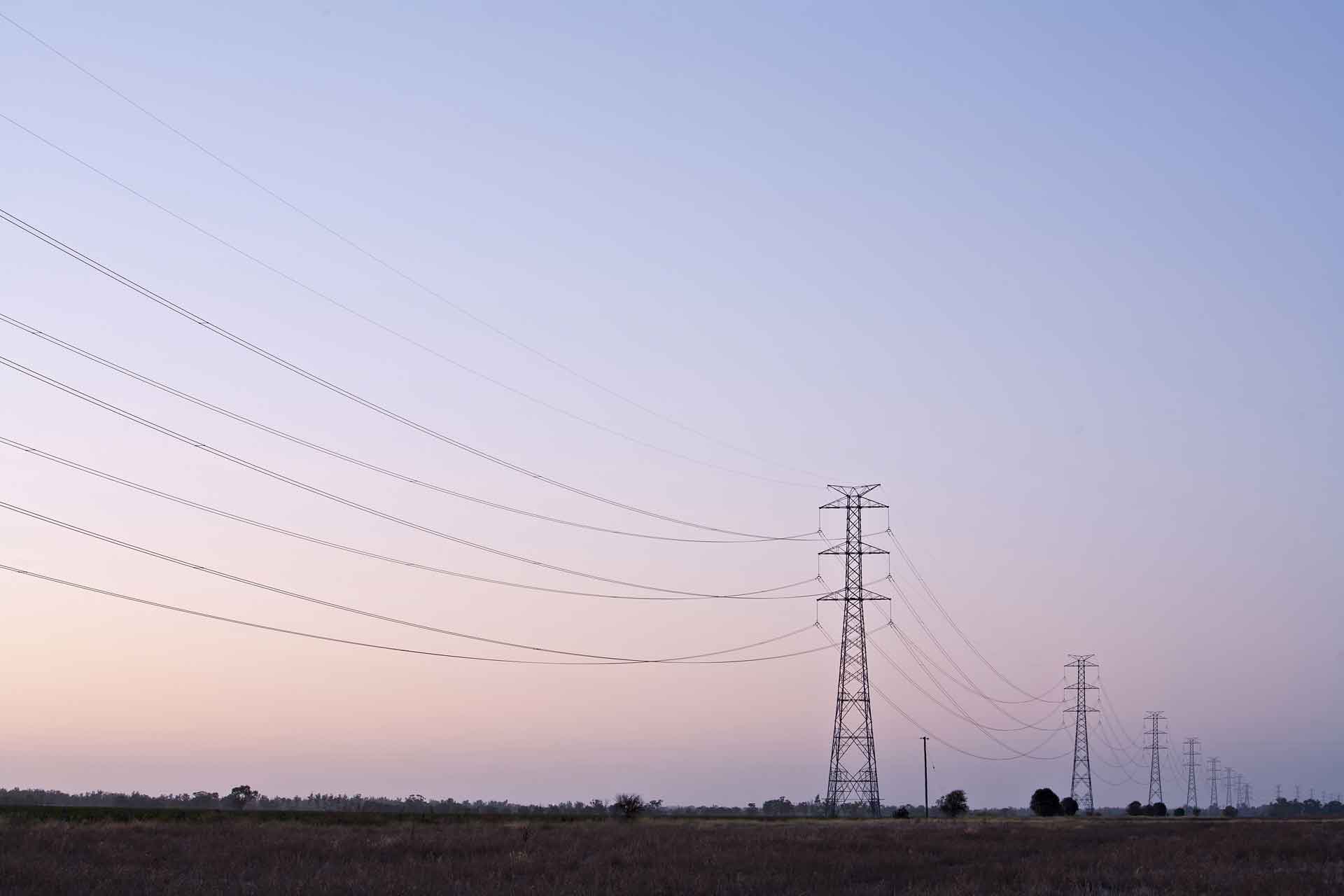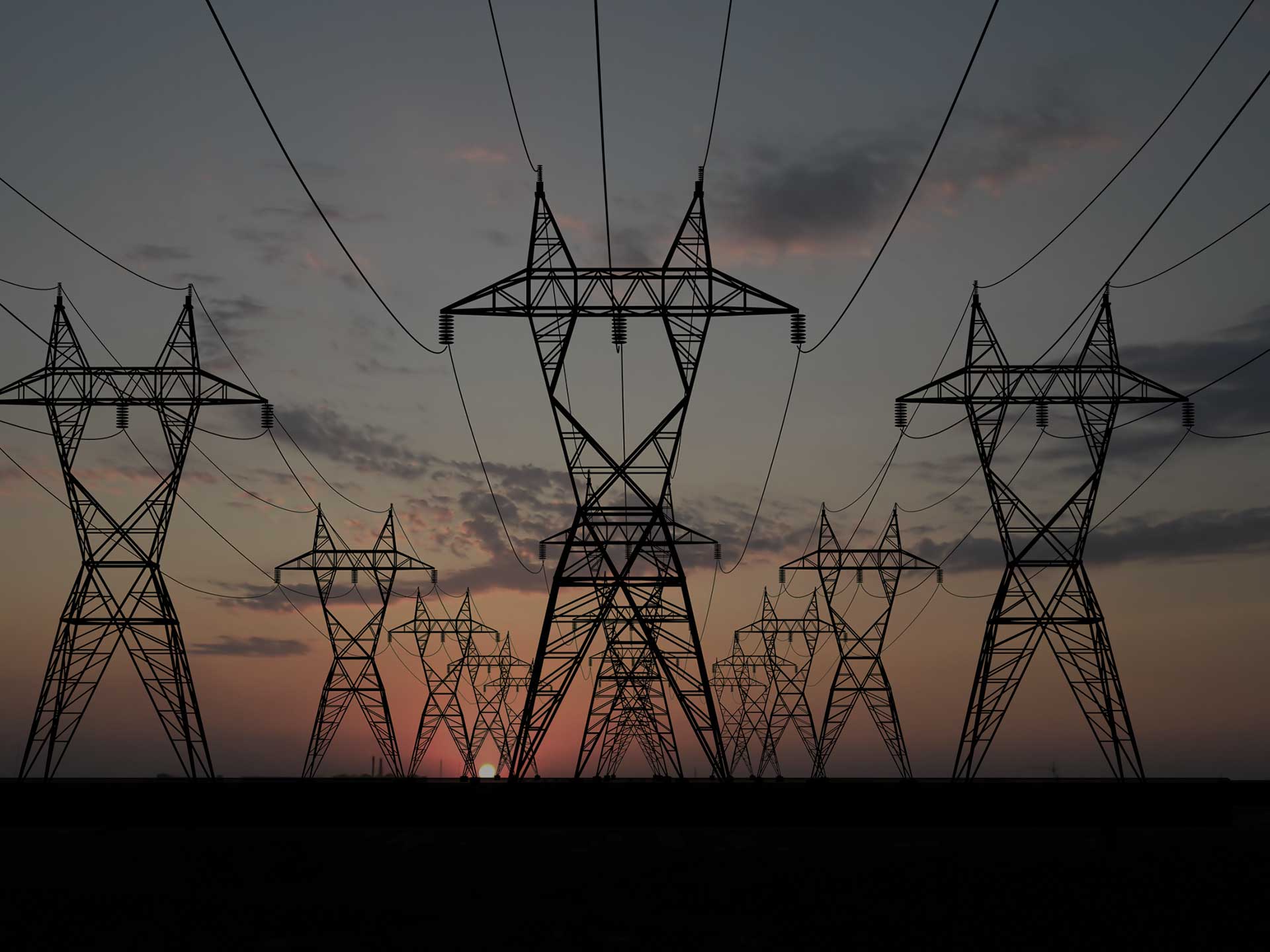Summary
The Powerlink Cost-Effective System Strength Study will promote increased awareness of system strength and measures that can be used to manage it, including centralised and coordinated solutions.
Key results
This study has shown that grid forming batteries can play a constructive role enabling renewables and supporting the operation of the power system. The study has shown that a 100 MW battery can support the connection of 300 MW of inverter based generation. These results are specific to the particular case examined and care should be taken not to apply the outcomes to other situations However, similar to any dynamic device (including synchronous condensers) they are not a ‘silver bullet’ and to be effective, there are a range of factors which need to be carefully considered. The thoughtful deployment of grid forming batteries alongside other technologies and techniques will be critical to managing the transition to renewables.
Learn more
Need
The Powerlink Cost-Effective System Strength Study acknowledges that the transition from fossil-fuelled synchronous generators to asynchronous renewable energy generating plants has resulted in a reduction in system strength across many areas of the power system. However, the standard inverters currently used on solar and wind farms are dependent upon system strength to operate stably.
System strength is a new and inherently complex topic, and yet it is increasingly important for stakeholders such as developers and financiers to have a working understanding to enable them to cost-effectively develop renewable generation projects and navigate the network-connection process.
Action
The Powerlink Cost-Effective System Strength Study project has three key components:
- Define the system strength challenge in north Queensland, the arrangements currently in place to manage it, and the suite of remedial actions available and the circumstances in which they would make sense
- Investigate the pros and cons of a centralised approach to system strength provision versus a decentralised approach. This will include an analysis of technical, economic and commercial considerations from a whole of life perspective
- Investigate grid forming inverters, including an assessment of the extent to which they can support the connection of new renewable generators in areas with low system strength.
Outcome
The project is designed to:
- Promote a broader understanding of system strength issues in the NEM, including rules and remedies. This should improve efficiency of prospecting and streamline the connection process.
- Evaluate the merit and practicalities of a shared model to deal with system strength, which may be able to reduce the time, cost and uncertainty faced by renewable project developers
- Increase the awareness of grid forming inverter technology and what benefits it can currently provide.
Additional impact
The project may also have potential to assist renewable energy developers connect into areas of low system strength, reducing barriers to uptake of renewables.









